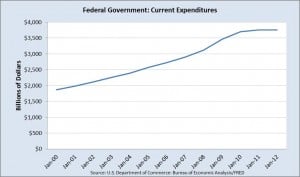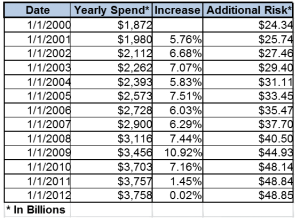We have studied many of the technical parts of a project that make it successful. Good leadership, organization, and communication skills are ideal qualities for a project manager. With the growing diversity in different countries and the coordination of projects with global members, it is important to keep in mind the cultural differences which are unique to each person. Having a good understanding of the people who make up the project can make the project run more smoothly. Tensions sometimes arise when people misinterpret body language or the way that people say things. Misinterpretation of ideas and opinions can lead to project delay and/or poor quality product delivery. According to the article, things like accent, silence, gestures, and eye contact can mean different things for people in different countries. For example, not giving eye contact can mean a sign of respect for people of certain countries whereas in others, it is disrespectful not to look at someone when they are talking.
Not only are project managers dealing with people from different countries, they are also being thrown into a workforce where there are different age groups. There are currently 4 generations in the workforce today. These include veterans, baby-boomers, Gen. Xers, and Nexters. The last two generations are more diverse and flexible because they grew up in a more diverse society.
Although it is important for project managers to have effective communication and be able to balance the differences in their groups, it is also very important for the people forming those groups to be open and flexible as well. They have to be conscious that the people in their group are different from them and that not everyone sees the world the way that they do. This is true even when people are from the same culture. A good PM will get to know every person individually in order to better understand how to effectively communicate with the entire group.
http://www.pmi.org/learning/dealing-cultural-diversity-project-management-129


